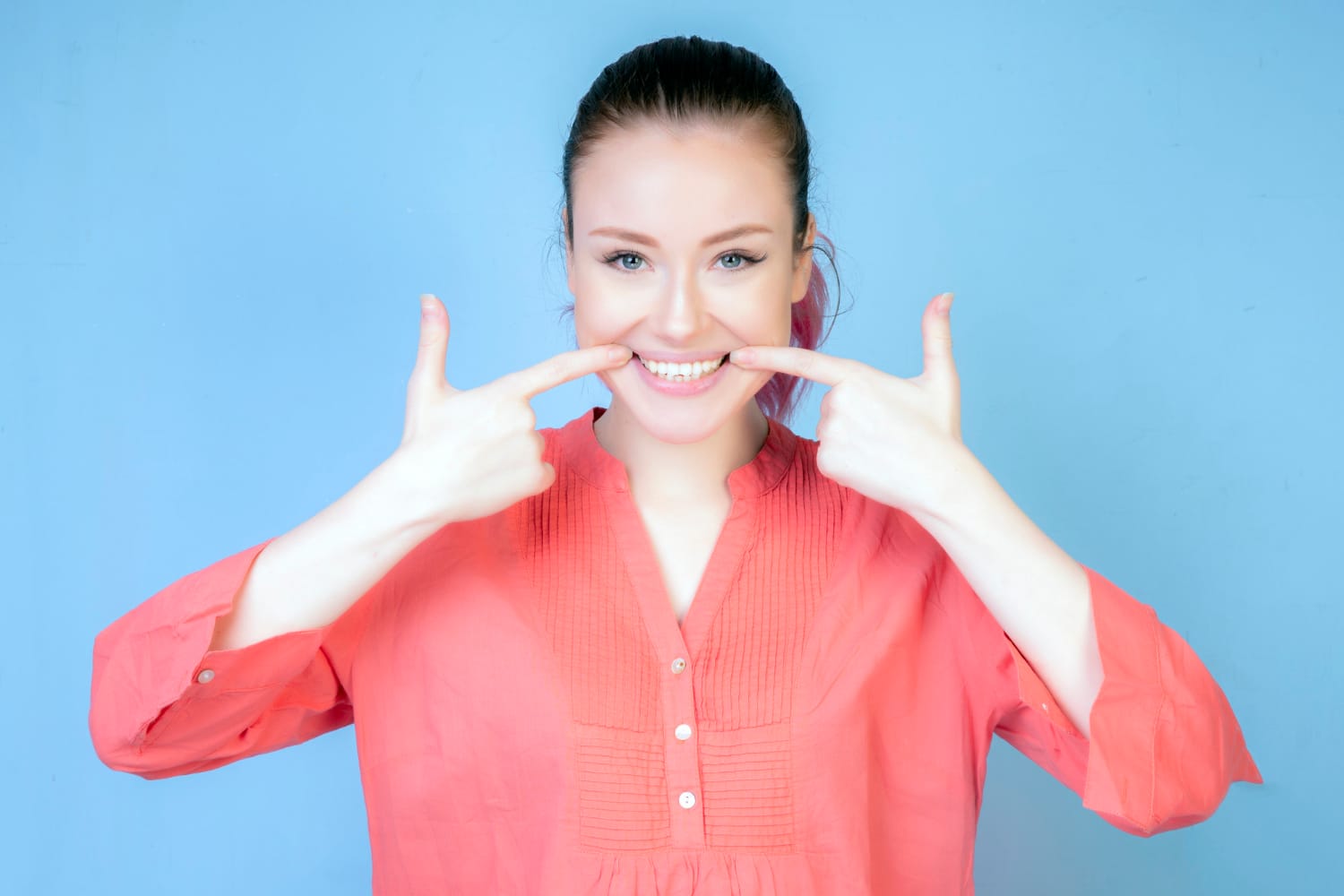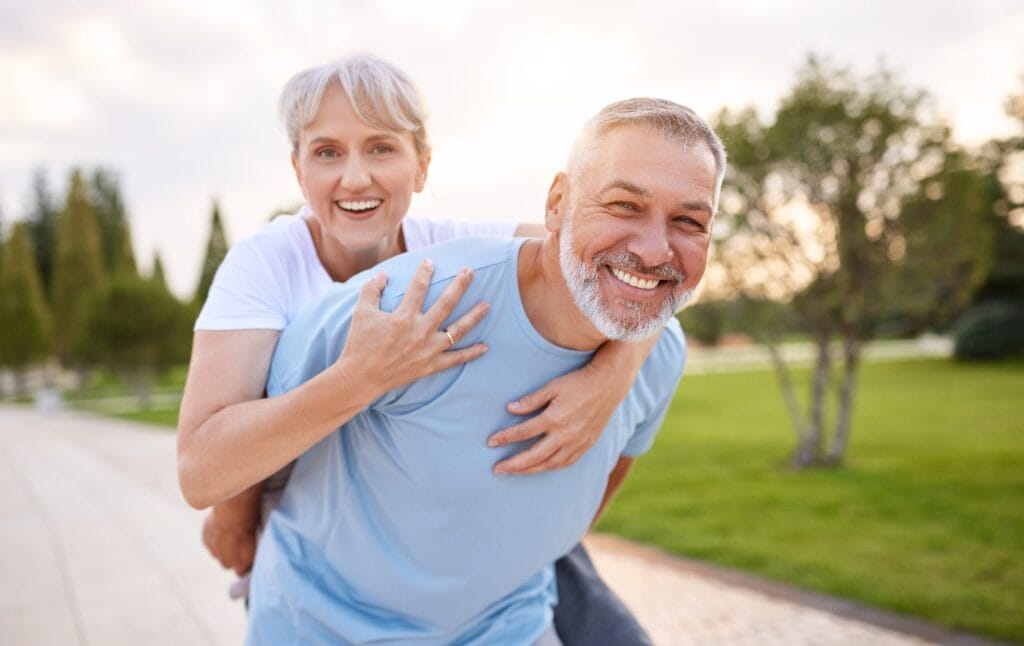Subperiosteal Implants Subperiosteal implants

Subperiosteal Implants at Palm Beach Dental

What are Subperiosteal Implants?
A subperiosteal implant is a dental implant that is placed under the gum tissue but above the jawbone. Unlike traditional implants, which are anchored directly into the jawbone, subperiosteal implants are used when there is not enough bone density to support an implant. This can occur due to bone loss caused by periodontal disease, injury, or the natural aging process.
Subperiosteal implants consist of a metal framework that rests on top of the jawbone, just beneath the gumline. This framework is customised to fit the individual patient’s jaw anatomy. The framework is then attached to the bone using screws or other fixation techniques, and posts are placed to hold a replacement tooth or teeth.
Subperiosteal implants are a versatile and effective solution for individuals who are not candidates for traditional implants due to insufficient jawbone height or density.
The Benefits of Subperiosteal Implants
There are several advantages to choosing subperiosteal implants for tooth replacement:
- Minimal Bone Requirement: Subperiosteal implants are ideal for patients who do not have enough bone to support a traditional implant. This eliminates the need for bone grafting, which can be time-consuming and expensive.
- Quicker Procedure: Since the subperiosteal implant is placed above the jawbone, there is less need for invasive surgery, which can make the procedure quicker and recovery time shorter.
- Stable and Durable: Subperiosteal implants are designed to be long-lasting and durable. The metal framework provides a stable foundation for your new teeth, ensuring they function and look just like natural teeth.
- No Need for Sinus Lift: In cases of severe bone loss, subperiosteal implants may be used without the need for a sinus lift, a procedure typically required for traditional implants placed in the upper jaw.
- Improved Quality of Life: Subperiosteal implants offer a permanent solution to missing teeth, improving both function and appearance. You can enjoy restored chewing ability, improved speech, and enhanced self-esteem.


The Procedure for Subperiosteal Implants
The procedure for subperiosteal implants typically involves the following steps:
- Initial Consultation: Your journey begins with a consultation with our experienced dental professionals. We will assess your oral health, jawbone structure, and overall suitability for subperiosteal implants. We may take 3D X-rays or CT scans to get a detailed view of your jaw.
- Custom Implant Design: If subperiosteal implants are determined to be the best option for you, a custom implant framework will be designed specifically for your jaw. The framework is made from biocompatible materials, such as titanium, which integrate well with bone tissue.
- Placement of the Implant: During the surgery, the gum is carefully lifted to expose the jawbone, and the implant framework is placed on top of the bone. The framework is then secured in place using screws or other fixation methods.
- Healing and Osseointegration: Over the next few months, the implant will heal, and the bone will begin to fuse with the titanium framework, a process called osseointegration. This provides a stable foundation for the artificial teeth.
- Attachment of Replacement Teeth: Once osseointegration is complete, abutments are attached to the posts of the subperiosteal implant. These abutments serve as connectors for the custom-designed crowns, bridges, or dentures that will replace the missing teeth.
- Final Adjustments: The final step involves making any necessary adjustments to the fit and appearance of your new teeth, ensuring they are comfortable, functional, and aesthetically pleasing.

Aftercare and Maintenance
Caring for your subperiosteal implants is similar to caring for natural teeth. To maintain the longevity of your implants and ensure their success, follow these aftercare tips:
- Oral Hygiene: Brush and floss your teeth regularly to prevent plaque buildup around the implant area. A soft-bristled toothbrush is recommended to avoid damaging the implant or surrounding tissue.
- Regular Check-ups: Visit Palm Beach Dental for routine check-ups to monitor the health of your implants and surrounding gums. Regular cleanings help ensure your implants stay in optimal condition.
- Avoid Hard Foods: To avoid damaging the implant or artificial teeth, refrain from chewing on hard foods or objects.
- Quit Smoking: Smoking can interfere with the healing process and increase the risk of implant failure. We recommend quitting smoking for the best results.
Are Subperiosteal Implants Right for You?

FAQs about Subperiosteal Implants
How long do subperiosteal implants last?
Are subperiosteal implants painful?
How long does the procedure take?
Can subperiosteal implants be used for both single teeth and full arches?
Are subperiosteal implants covered by insurance?
What are the risks of subperiosteal implants?
Other Dental Services
Accepting all Health Funds and Veterans Affairs


